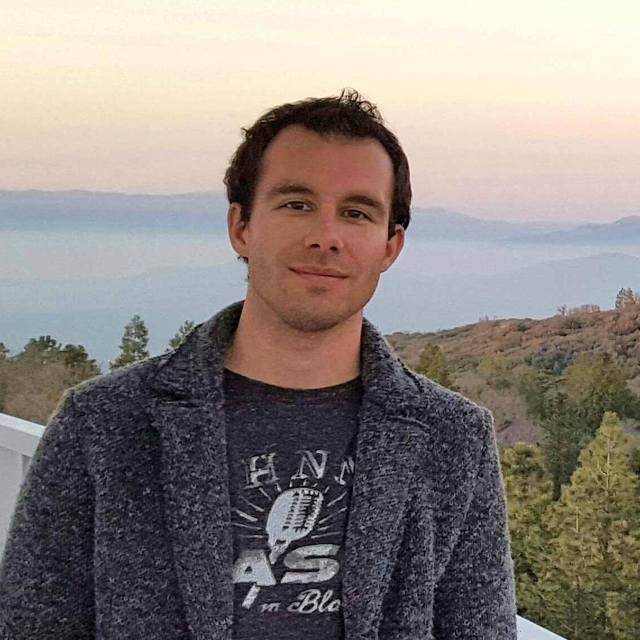July
2023
•
2023ApJ...951L..41S
Authors
•
Silverman, John D.
•
Mainieri, Vincenzo
•
Ding, Xuheng
•
Liu, Daizhong
•
Jahnke, Knud
•
Hirschmann, Michaela
•
Kartaltepe, Jeyhan
•
Lambrides, Erini
•
Onoue, Masafusa
•
Trakhtenbrot, Benny
•
Vardoulaki, Eleni
•
Bongiorno, Angela
•
Casey, Caitlin
•
Civano, Francesca
•
Faisst, Andreas
•
Franco, Maximilien
•
Gillman, Steven
•
Gozaliasl, Ghassem
•
Hayward, Christopher C.
•
Koekemoer, Anton M.
•
Kokorev, Vasily
•
Magdis, Georgios
•
Marchesi, Stefano
•
Rich, Robert Michael
•
Sparre, Martin
•
Suh, Hyewon
•
Tanaka, Takumi
•
Valentino, Francesco
Abstract
•
A large fraction of the accreting supermassive black hole population is shrouded by copious amounts of gas and dust, particularly in the distant (z ≳ 1) universe. While much of the obscuration is attributed to a parsec-scale torus, there is a known contribution from the larger-scale host galaxy. Using JWST/NIRCam imaging from the COSMOS-Web survey, we probe the galaxy-wide dust distribution in X-ray selected active galactic nuclei (AGNs) up to z ~ 2. Here, we focus on a sample of three AGNs with their host galaxies exhibiting prominent dust lanes, potentially due to their edge-on alignment. These represent 27% (3 out of 11 with early NIRCam data) of the heavily obscured (N H > 1023 cm-2) AGN population. With limited signs of a central AGN in the optical and near-infrared, the NIRCam images are used to produce reddening maps E(B - V) of the host galaxies. We compare the mean central value of E(B - V) to the X-ray obscuring column density along the line of sight to the AGN (N H ~ 1023-23.5 cm-2). We find that the extinction due to the host galaxy is present (0.6 ≲ E(B - V) ≲ 0.9; 1.9 ≲ A V ≲ 2.8) and significantly contributes to the X-ray obscuration at a level of N H ~ 1022.5 cm-2 assuming an SMC gas-to-dust ratio that amounts to ≲30% of the total obscuring column density. These early results, including three additional cases from CEERS, demonstrate the ability to resolve such dust structures with JWST and separate the different circumnuclear and galaxy-scale obscuring structures.
Links




